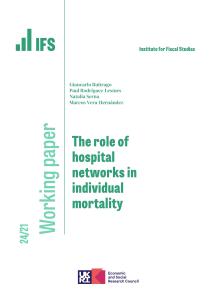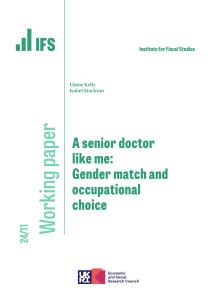Abstract
Objective
To investigate gender-specific trajectories in well-being among older people with coronary heart disease (CHD) and to compare them to those of healthy people.
Method
4,496 participants from the first three waves of the English Longitudinal Study of Ageing (2002/03-2006/07). We measured well-being using quality of life (CASP-19) and depressive caseness (3 or more symptoms on the CESD-8).
Results
After adjustment, at 2 and 4 years follow-up women had 3 points higher quality of life than men (p<0.001). When looking at each quality of life’s domain we found that women reported higher scores of Autonomy compared to men. The gender difference in the probability of having depressive caseness reduced to 7 percentage points at 4-year follow-up from 13 percentage points in the previous occasions. Men’s quality of life declined progressively over-time by 3 points (p<0.001) (equivalent to the effect of having diabetes) but no changes in prevalence of depressive caseness were found. Women’s quality of life only declined after 4-year follow-up by less than 2 points (p<0.001), while in the same period their probability of reporting depressive caseness reduced by 6 percentage points (p<0.001).
Conclusions
Women had better quality of life than men in the two and four years following a CHD event, and were not more likely than men to report depressive caseness in the long term. Men’s quality of life deteriorated progressively over time, among women it did not deteriorate in the first two years following a CHD event; women had a long-term improvement in depressive caseness.








